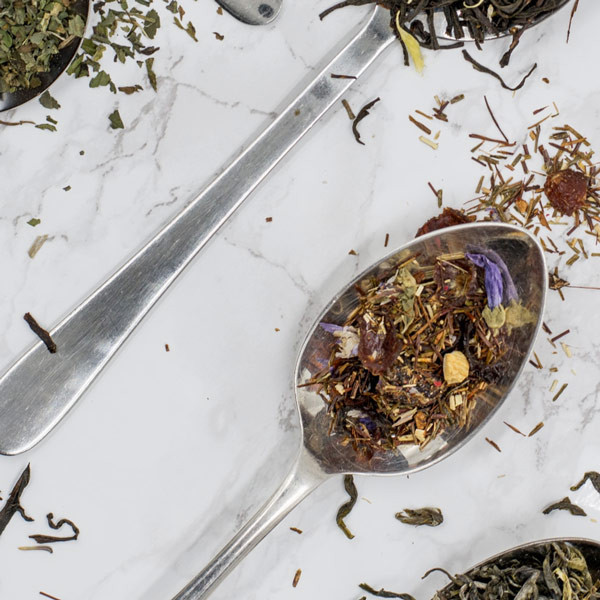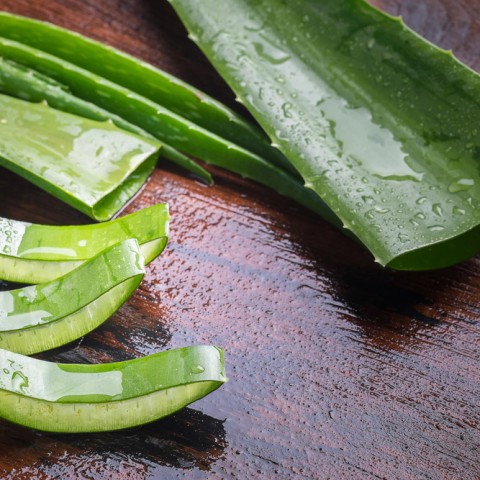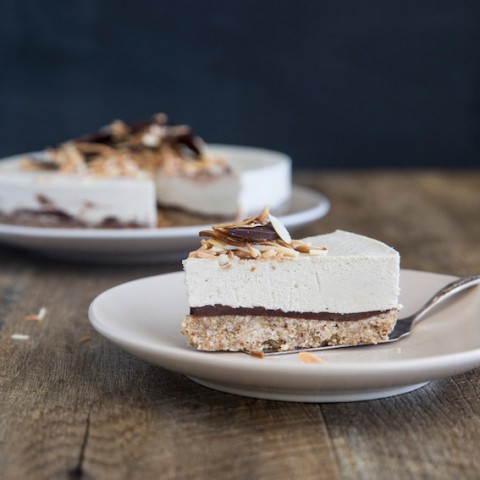While teff has been touted as the latest “supergrain” amongst foodies and health food advocates, there’s actually nothing “new” about this ancient grain. In fact it’s been harvested and treasured by African people as an important form of sustenance for many generations. As dietician Georgie Rist told Good Food magazine, "Every week there is a new superfood. We forget that [people] have been eating superfoods for years, but just not calling them that."
Indeed so ancient is teff as a harvested grain that it has been found in the pyramids dating from around 3300 BC. It appears teff was so highly thought of in early Egyptian society that it was included in the pharaoh's last journey, presumably for the expired monarch to sow his field of sustaining grain, or provide food on the king’s transition to the afterlife.
Like quinoa and chia, teff is gluten free and full of abundant nutrients and goodness, providing a range of dietary excellence. The teff grain is also extraordinarily tough, able to grow at a range of locations, from sea level to heights of around 3000 metres. While a newcomer to the West, the world’s tiniest grain (smaller than quinoa and around the same size as a poppy seed) originated in Ethiopia and Eritrea where even today it plays a major role in the country’s — and the region’s — local cuisine. The signature spongy flat bread of Ethiopia, known as injera, is popular throughout Eastern Africa and is made from teff grain.
The nutritious and filling injera bread is also used like Lebanese bread with people tearing pieces of the flatbread and filling it with the food of choice. However the grain is very versatile and is also incorporated into salads, boiled and eaten whole.
Believed to be taken from the local language’s word for lost (because of its small size), the grain was perfectly adapted for the traditional semi-nomadic lifestyle of Ethiopian and Eritrean people, as the small grain was easily carried around as the people moved from location to location searching for food and sowing new crops.
The small size of the grain meant it was easy to carry enough grain to sow a field in a new location for the semi-nomadic Ethiopians and Eritreans. Its presence in much of the east African cooking means many Ethiopians get almost two thirds of their protein from teff, a fact which may be a factor in the stamina of the country’s famous long distance runners!
Health benefits of Teff
There are a number of benefits of teff grain in the diet and its historically healthy reputation has placed it at the top of the list, particularly for those looking for a gluten-free diet.
It is full of calcium and iron and amino acids and contains a high concentration of Vitamin B making it great for energy and that sense of fullness. It helps with digestion (teff is great for helping restore the balance of the gut’s bacteria) and helps maintain healthy blood sugar levels. However one of the most important — unique amongst grains — qualities of teff is that it contains Vitamin K, which is vital for bone health and helps to prevent blood clotting.
The small size of the grain also means the bran and germ aren’t damaged during the milling process and the nutrients of both are therefore retained in the grain.
Trying teff in your diet
So versatile is this grain that it lends itself well to a number of recipes you can try. The grain acts similarly to polenta or semolina meaning it can be used in a variety of ways. Whether cooked alone or in combination with a range of other organic ingredients, there are a number of recipes you can use to incorporate teff into a Western diet, here’s but a few:
- Teff burgers. By simply adding teff grain to burger patties, you boost the nutrition level and add a superb and unique taste. Get the kids involved!
- Flatbread. Why not have a go at making the Ethiopian-style flatbread? Let us know how you went. Recipe here.
- Salads. To gain the maximum benefit of the goodness and nutty taste of teff, try sprinkling it on your next salad as a topping.
- Porridge. A delicious and nutritious alternative to traditional oats, teff makes a filling and nutritious porridge.
- Side dish. Use the beautifully-flavoured grain as the perfect side dish to your meal. Similar to the way cous cous or rice is used, teff can enhance the flavour of other elements of the meal.
Try this excellent website for a range of other delicious teff recipes you can try at home. See here for excellent quality teff flour to make your own healthy flatbreads, scones, cakes, biscuits, health bars etc.
The demand for teff is booming as nutritionists label it the “next big thing” in superfoods. With both teff grain and teff flour providing excellent alternatives to wheat, rye and barley particularly for those on a gluten-free diet, this ancient and much-loved grain’s versatility and goodness allows for experimentation and innovation in your diet.
Teff is a cherished grain which has just been reborn in Western diets. So move aside quinoa and chia seeds, it’s time to get excited about teff, the “new” supergrain on the block!

Love Health?
From recipes, trends and discounts, expect great things via email this month.
More Great Reads!

Behind The Brand: Antipodes
Recipes We Love!

Clever Cookies












